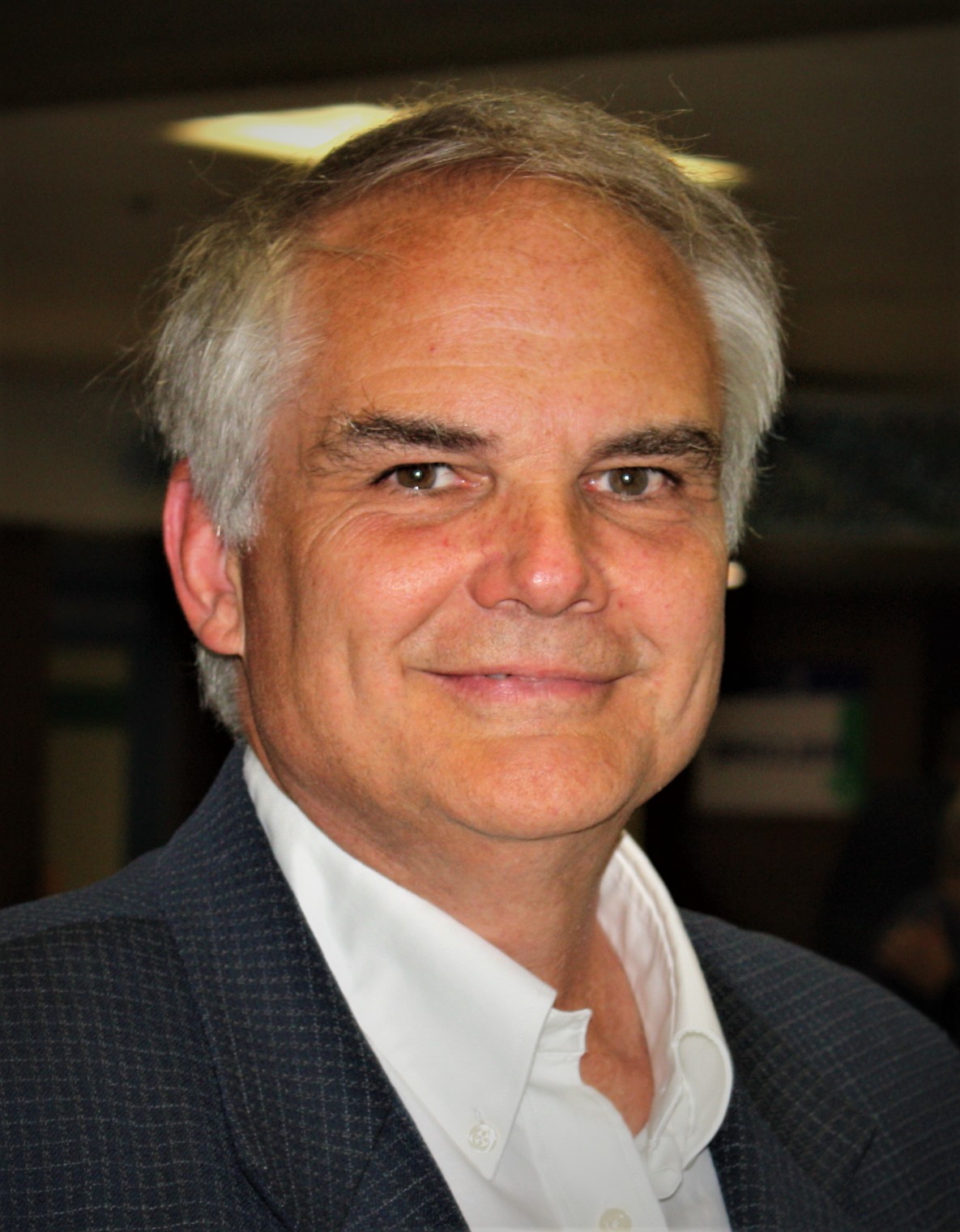
The Liberals brought millions into Canada without the appropriate infrastructure and social services. Pictured: Prime Minister Justin Trudeau. Photo Credit: Justin Trudeau/X.
Canada’s history is one written largely by its industrious immigrants. Having said that, in this past decade, the Liberal government of Prime Minister Justin Trudeau has turned this national strength into a chaotic social upheaval. There is no other way to describe the fact that the Liberals have implemented an immigration program that has purposely transformed the country’s ethnicity and its character. Canadians have yet to fully realize what has transpired. And still, the Liberals continue to permit plane loads of migrants to land at the Toronto and Montreal airports.
It is instructive to look back at the genesis of the Liberals immigration policy to understand exactly what has occurred to Canada’s population through the past decade. Accelerating the flow of people into Canada is an immigration strategy formalized in the Trudeau government’s early years. In 2016, the federal Advisory Council on Economic Growth, which was chaired by Dominic Barton (then-McKinsey & Co. global managing partner and later the Canadian ambassador to China), recommended that there be a 50 per cent increase in annual “permanent resident” immigration levels so that in five years (2021) the number would reach 450,000. Barton was also a co-author of a paper advising the government that the country’s population should be 100 million by 2100.
In concert with Barton’s counsel, the Trudeau government signed the United Nations (U.N.) Global Compact for Migration in early 2017. This global agenda set in place a system for “safe, orderly and regular” migration from third world countries, mostly from the continent of Africa into western countries. Signatories to the compact pledged to open their borders to migrants. Today, Canada has the world’s largest intake of third world migration – mostly from Africa.
Under the Trudeau government’s stewardship, immigration numbers for permanent residency have dramatically increased. But the stated “permanent resident” number is only half the Trudeau-migrant tally. Today the government estimates that there are almost three million “temporary residents” who are in Canada and, yet, this official number may be off by as many as one million people. On top of this, Canada has also taken in increasing numbers of refugees; in a 2021 U.N. report on refugee relocation, Canada is recognized as the global leader in accepting the largest number of refugees of all 25 countries who participated in the U.N. resettlement plans.
All of this has been in accordance with the U.N.’s design for global migration. Shortly after Canada signed onto the U.N. Global Compact for Migration, then Immigration Minister Ahmed Hussen made public the government marketing strategy called “Immigration Matters.” This public relations initiative was designed to sell the Trudeau government’s immigration policy to the Canadian public, and it included the promotion of “compelling storytelling to appeal to Canadians on an emotional level.” It came with a “toolkit” that instructed vested stakeholders to share and promote stories of communities enriched by immigration, so as to prompt positive conversations about the importance of immigration.
Another interesting backstory that is only now coming to light relates to MP Karina Gould, a current Liberal leadership contender. In a recent research column, Lisa Miron provides details of Gould’s past responsibilities with the Organization of American States, an international body whose mission is, in part, to accommodate the safe and efficient flow of migrants through the Americas. Once elected in 2015, Gould served the Liberals as parliamentary secretary and later minister of international development, a perch from which she could collaborate with her global network and facilitate the Liberals’ migration program planning.
So, from those early years, by design the Trudeau Liberals brought into Canada an increasing number of people. Recall in 2017 when Trudeau made international headlines tweeting out, “To those fleeing persecution, terror & war, Canadians will welcome you, regardless of your faith. Diversity is our strength.” That year the Liberals eased medical and health care inadmissibility rules and, at some undisclosed time, removed the requirement for a criminal background check at the migrant’s place of origin. Then, in the aftermath of the COVID-19 pandemic, the borders were swung wide open to accept the largest intake of migrants the country has ever known. Starting in 2021, the Canadian population has ballooned with the addition of enough people to populate the greater metro area of Montreal – and then some.
It is no exaggeration to say that the cumulative results of the Trudeau government’s immigration program are dramatic. The Liberals have changed the face of Canada, both literally and figuratively. In this past decade, they have forever altered the composition of the country and this is well documented with government data from Statistics Canada and the Department of Immigration, Refugees and Citizenship Canada:
- First- and second-generation immigrants now account for 41 per cent of the country’s population, according to the 2021 census.
- Canada set a new record for accepting permanent residents in 2024, welcoming 483,390 newcomers. This represents 1.16 per cent of Canada’s estimated 41.6 million population.
- In the last three years (2022, 2023, 2024), Canada’s population has grown by record amounts, more than one million-plus people each year – the highest population growth rate in the world outside of a few African countries. Almost all (98 per cent) of that growth came from migration.
- For the years 2016 to 2021, 1,328,240 immigrants came to Canada – 3.7 per cent of the population. Over the last three years the percentage of immigrants has increased to nearly 5 per cent. This does not include the millions of temporary residents who are in Canada (see below).
- On July 1, 2015, Canada’s estimated population was 35,851,800. On June 16, 2023 Canada’s population surpassed the 40 million mark and nine months later on March 27, 2024 it surpassed 41 million. In November – in eight months – it surpassed 42 million.
- According to the Canadian census, prior to 2015, immigration consisted of 28 per cent coming from the UK/Europe, and today this number has dropped to 2 per cent.
- Nearly 98 per cent of immigrants now come from India, China, Pakistan, Lebanon, Syria, and other African countries.
- Temporary residents in Canada are estimated to be as high as 3 million, this is over and above Canada’s estimated 42 million-plus population. There are more than 1 million foreign students, nearly 50,000 of them cannot be found.
- Canada took in 28,000 asylum claimants in 2024; a 20 per cent increase over the year before. In comparison, in 2015, there were 775 asylum claims.
- Immigration Canada estimates undocumented migrants, either students or those who have entered on work visas, could be as high as 500,000.
The mass migration shepherded into the country through the last 10 years is becoming a growing concern for Canadians. There are questions about Canadians ability to financially support the millions who are currently requiring housing, health care and social assistance. Most disturbing are the alarming social tensions continuously being playing out in the streets of Montreal, Toronto, and Brampton. In November, the Liberals reacted to Canadians’ uneasiness by launching a PR campaign to broadcast that they were making adjustments to their immigration program. They were cutting back on their permanent resident immigrant numbers by a fifth, capping international student visas, and ending visa-free travel from Mexico.
Mid-November Trudeau also released a seven-minute video to reassure Canadians. He took no responsibility for the economic and social pressures caused by the Liberal immigration designs, but instead pointed fingers, blaming “bad actors” who abused the system, those “unscrupulous colleges, greedy consultants, unethical corporations.” Trudeau completely sidestepped the facts that the Liberals brought millions into Canada without the appropriate infrastructure and social services, and he made the simple observation, “We could have acted quicker and turned off the taps faster.”
In a report released last week, Canadian financial company Desjardins exposed that the promises made by Trudeau and the Liberals in the fall were hollow. They have been caught saying one thing yet doing another. The government continues with its high levels of migrant intake and, again, 2024 set new records for immigration. Desjardins concludes, “We remain skeptical that the Government of Canada will be able to reach its (lower) target for admissions of newcomers.”
Here’s a final disturbing thought as it relates to Trudeau’s post-national vision for the country. In a recent Angus Reid poll, one in two (51 per cent) of those who arrived in Canada less than 10 years ago, and nearly one in two (45 per cent) of respondents who had lived in the country between 10 and 20 years said they were attached to Canada, but only conditionally, as long as the country provided a good standard of living. If one were to take this as a reflection of the Liberals immigration program through the last ten years, it appears Trudeau has succeeded in impairing a sense of commitment and national pride. Once a country of proud immigrants, Canada can now be described as the Liberals would have it, simply a land occupied by disadvantaged people and government officials waiting for the next plane load to process.

Chris George is an advocate, government relations advisor, and writer/copy editor. As president of a public relations firm established in 1994, Chris provides discreet counsel, tactical advice and management skills to CEOs/Presidents, Boards of Directors and senior executive teams in executing public and government relations campaigns and managing issues. Prior to this PR/GR career, Chris spent seven years on Parliament Hill on staffs of Cabinet Ministers and MPs. He has served in senior campaign positions for electoral and advocacy campaigns at every level of government. Today, Chris resides in Almonte, Ontario where he and his wife manage www.cgacommunications.com. Contact Chris at chrisg.george@gmail.com.






